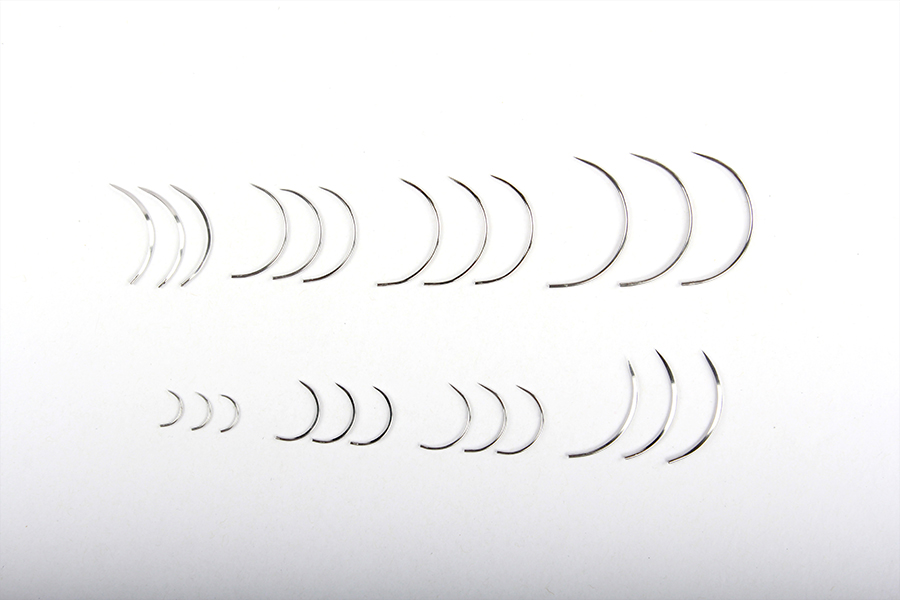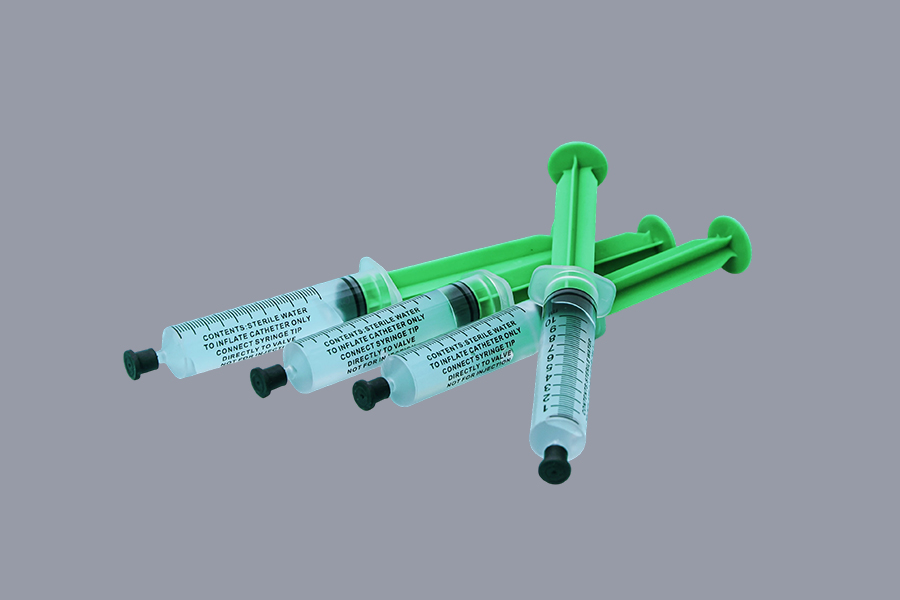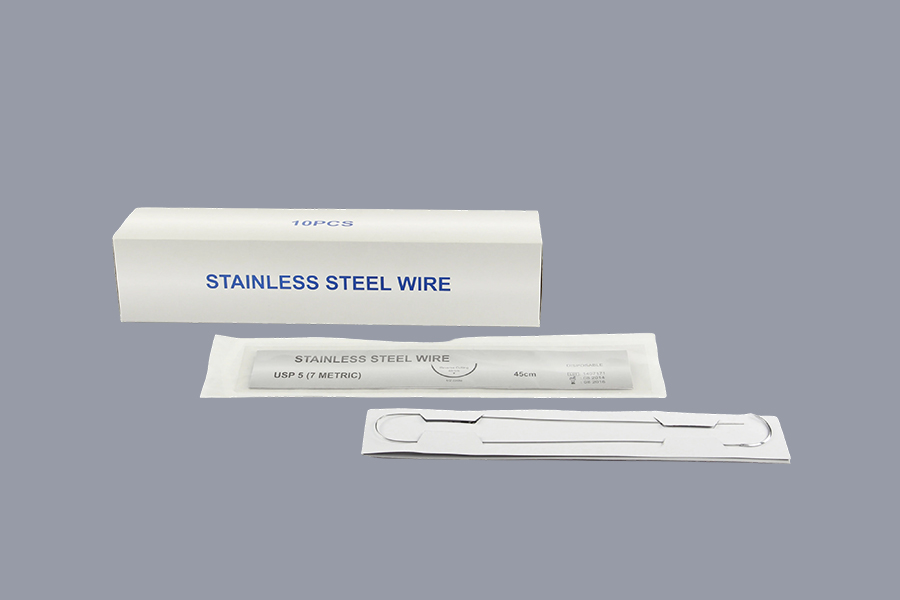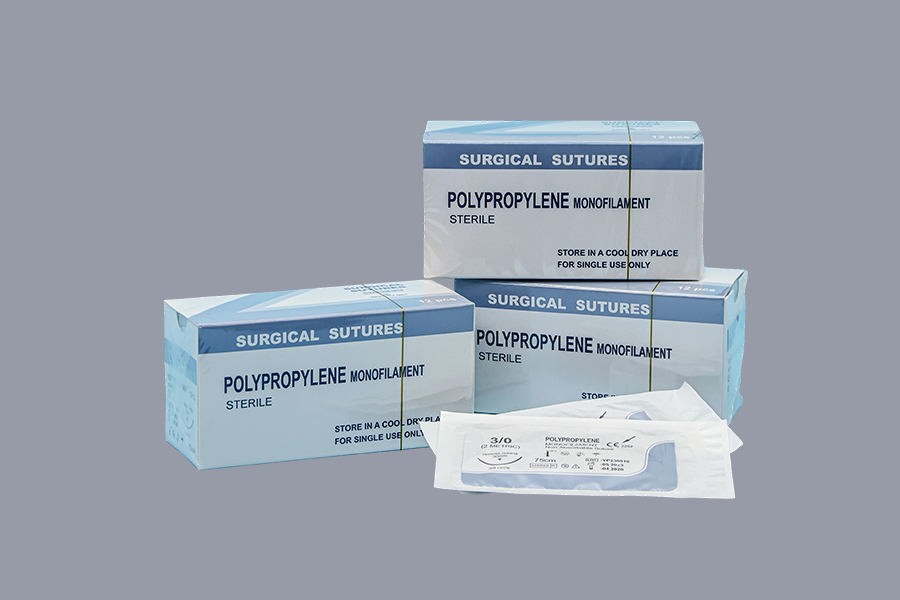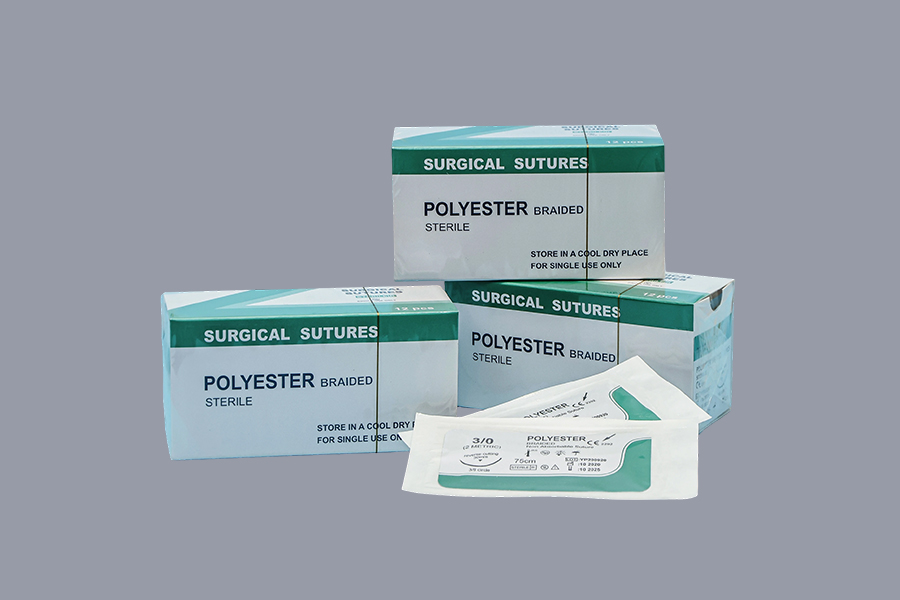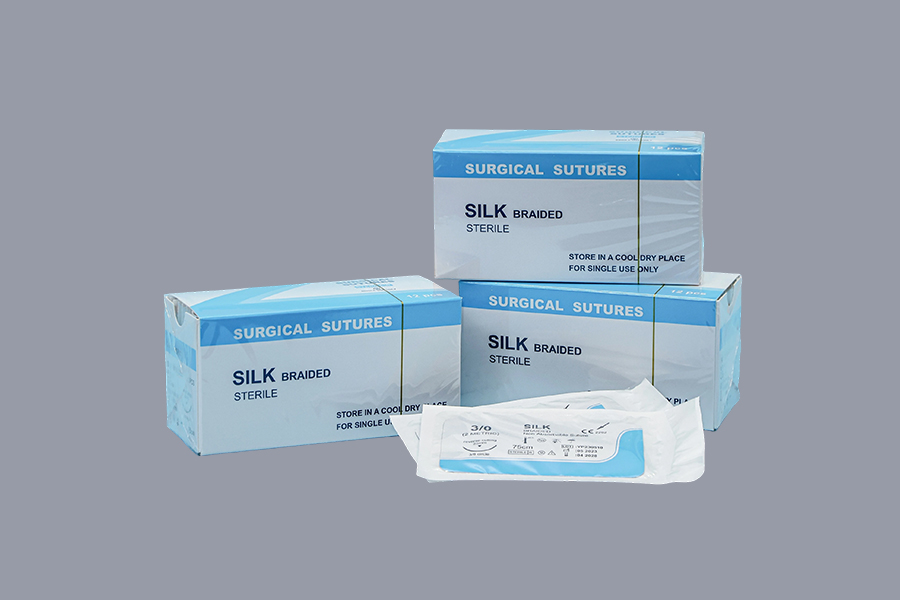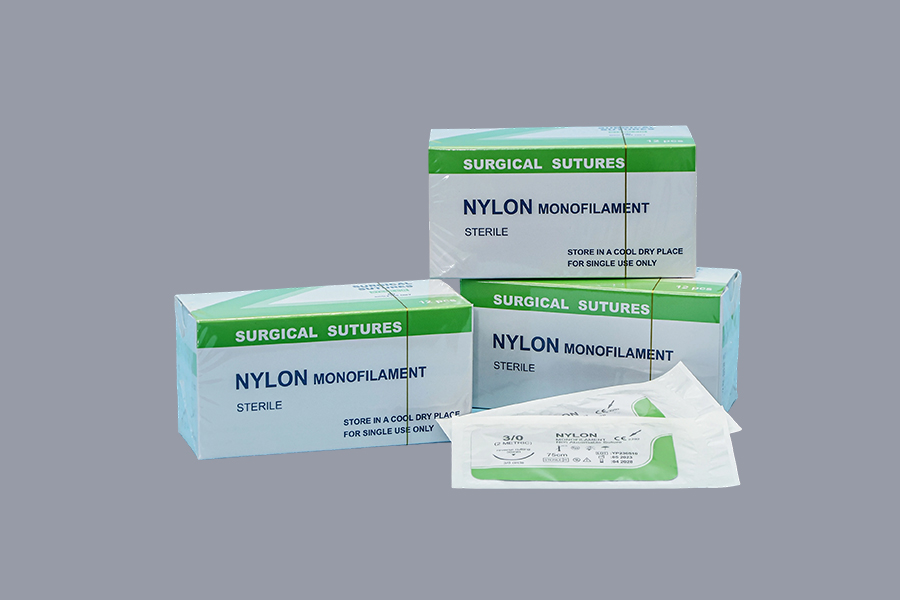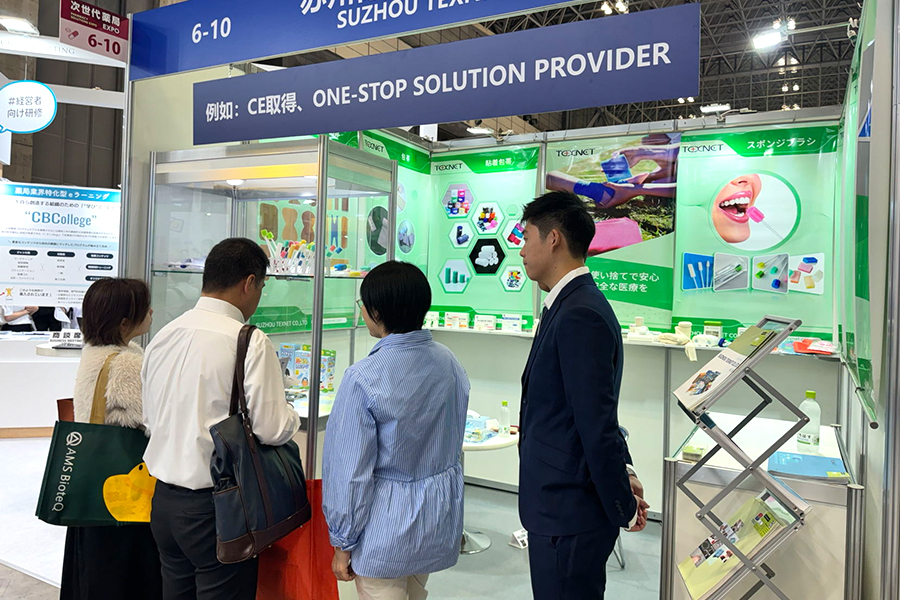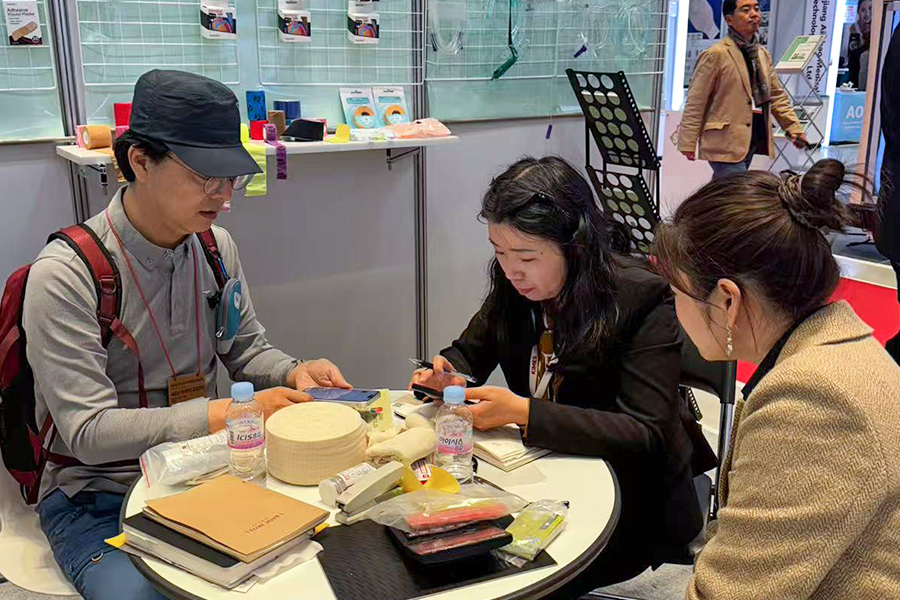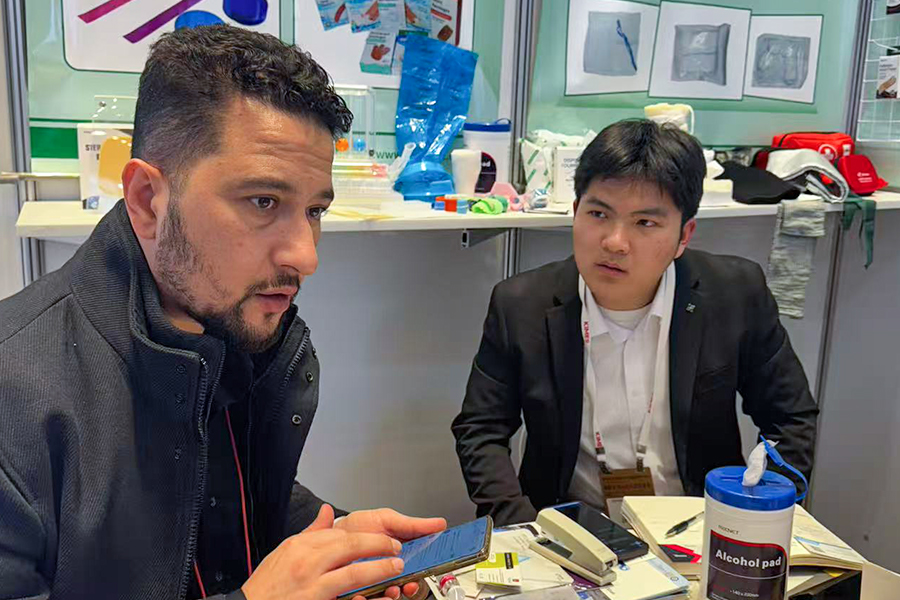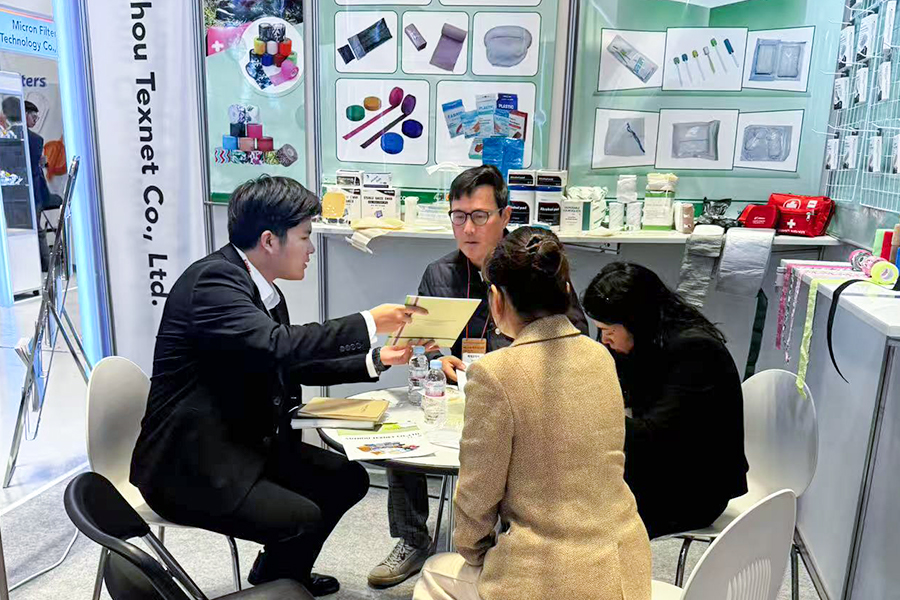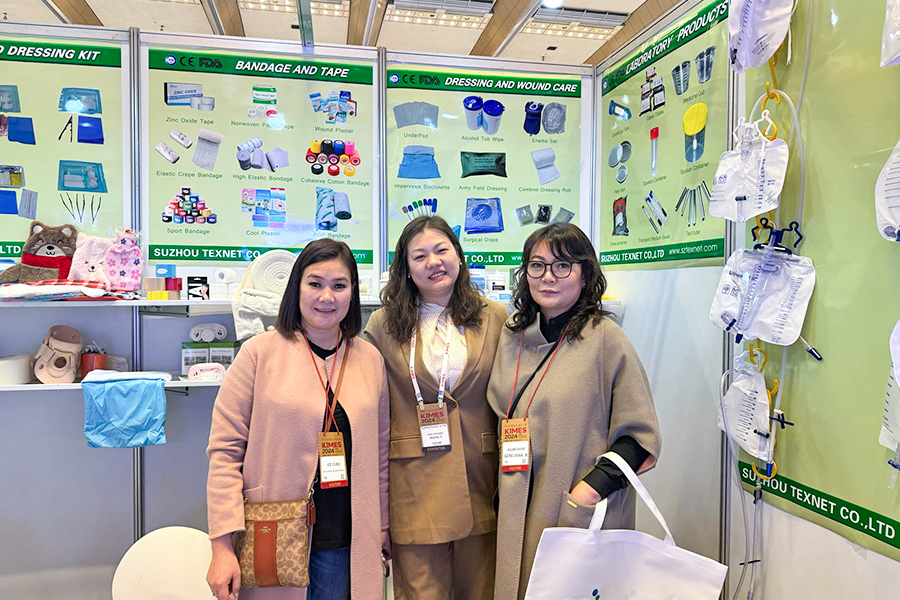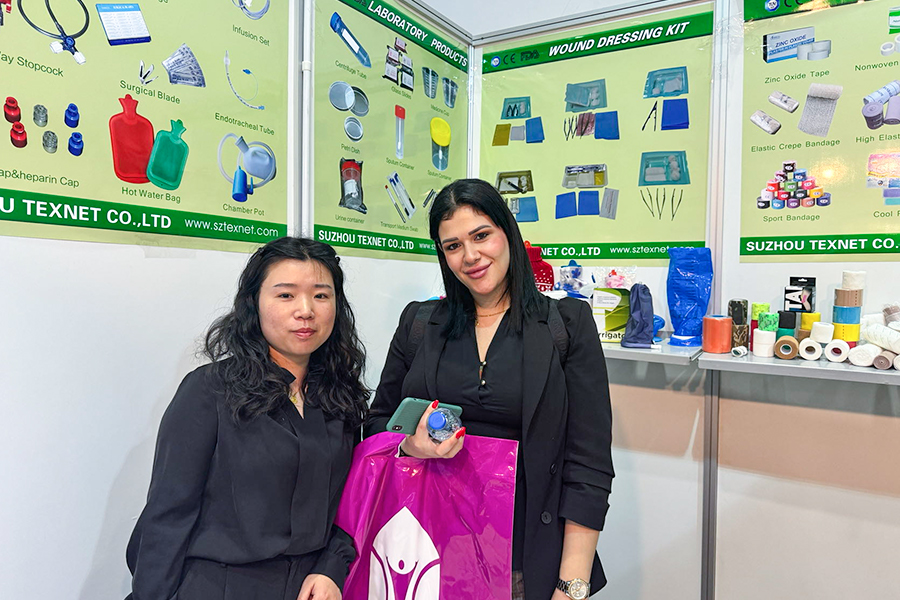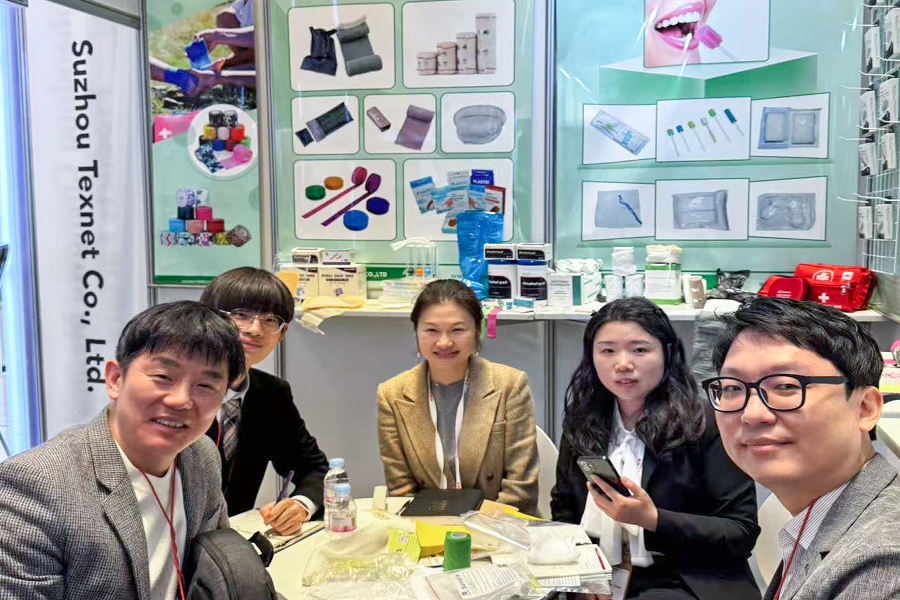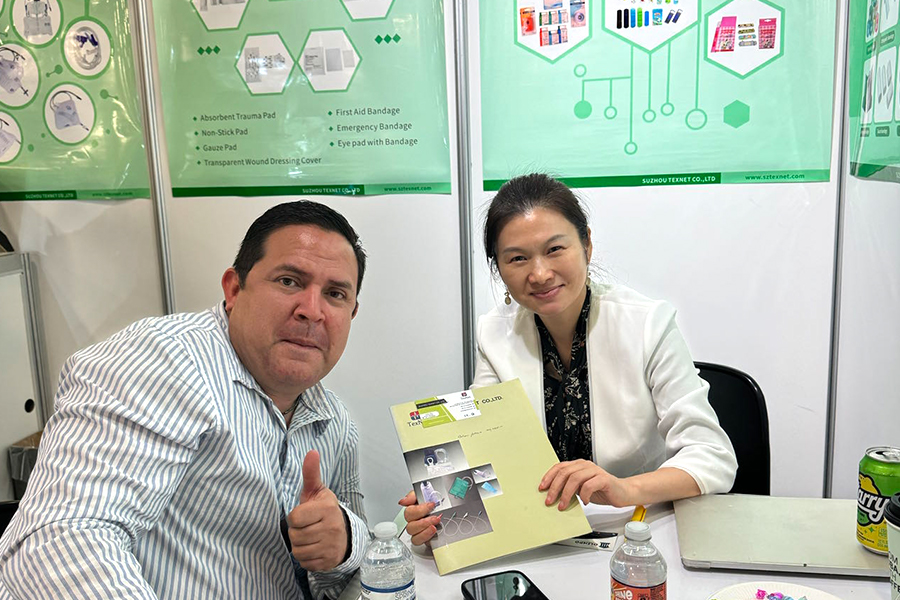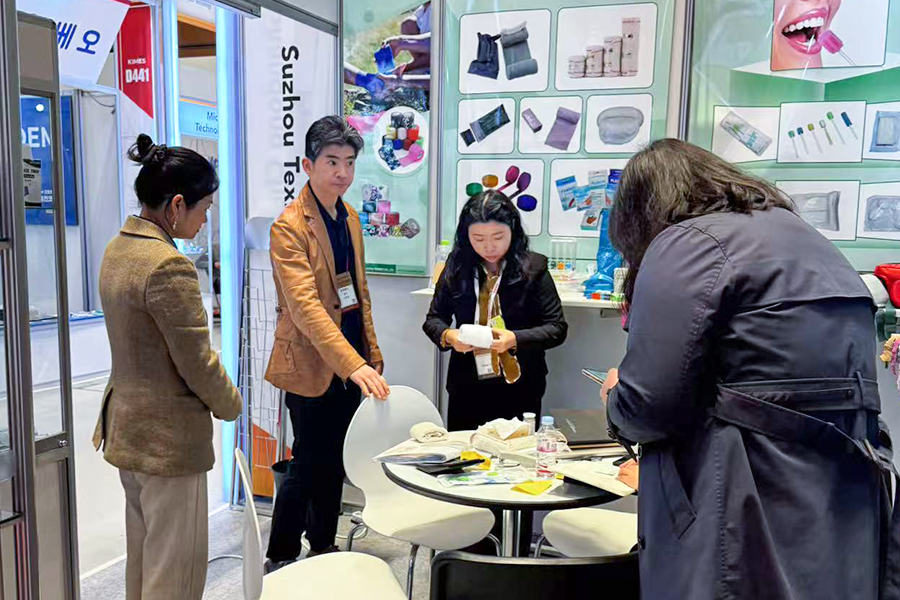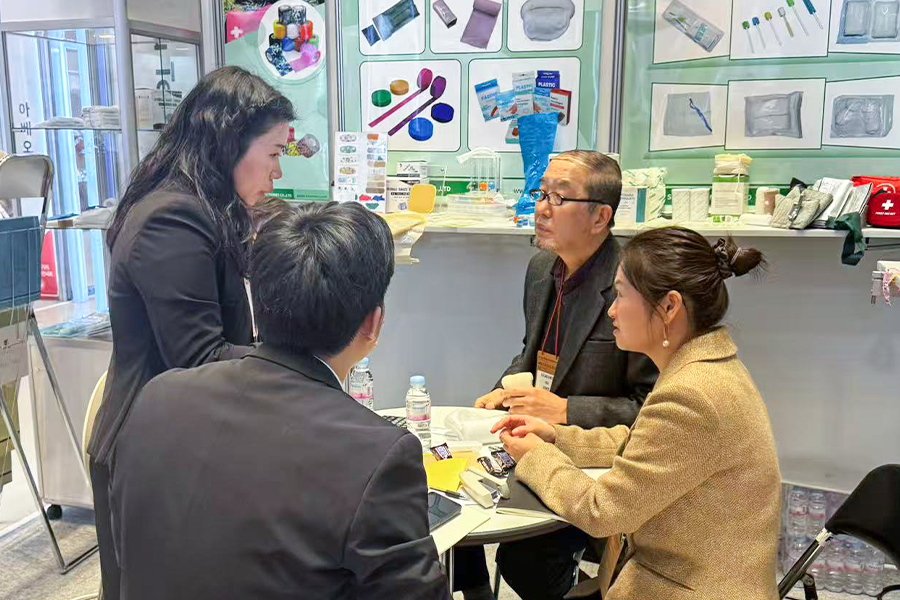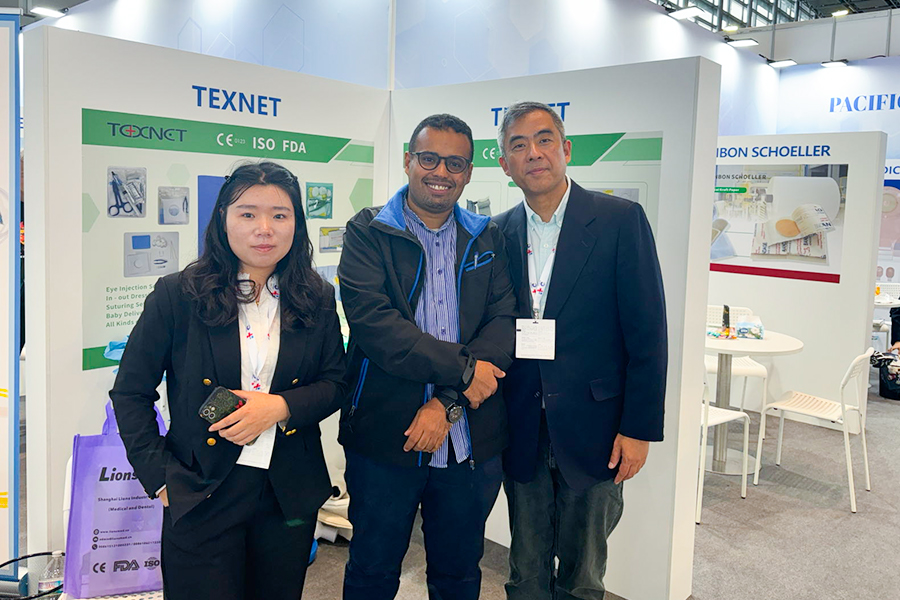
- Bandages
- Medical Tapes
- Cotton Products
- PPE Products
- Urology&Feeding Products
- Gauzes
- Procedure Kits&Dressings
- Catheters
- Surgery&Nursing
- Surgical Instruments
- Surgical Sutures
- Surgical Needles
- Surgical Blades
- Blood lancets
- Electrosurgical Pencils
- ECG
- Nasal cannulas
- Oxygen masks
- Nebulizer masks
- Venturi masks
- Spirometer
- Syringes
- Infusion sets
- IV cannulas
- Sharp boxes
- Three way Stopcocks
- Heparin caps
- Forceps
- Guedel Airways
- Light covers
- Tourniquet covers
- Lurbricant Jelly
- Lab Consumables
- Oral Care&Cleaning Products
- Sports Support
Practical Guide — Mucus Extractor for Adults: Use, Cleaning, Safety & Buying Tips
1. What a mucus extractor for adults is and when to use it
A mucus extractor (also called a suction catheter/aspirator or nasal aspirator when used for upper airways) is a device that removes mucus, secretions, or fluids from the nose, mouth, or upper airway in adults who cannot clear them independently. Typical scenarios include patients recovering from surgery, people with severe neuromuscular weakness, reduced cough reflex, chronic airway disease with thick secretions, or transient obstruction after anesthesia.
This guide focuses on practical use for adults in home-care or clinical settings: choosing the right type, correct technique, cleaning and maintenance, safety considerations, and troubleshooting common problems.
2. Types, key parts, and where each is best used
Common device types
- Bulb/hand aspirators — simple, low-cost, manual suction for light nasal or oral secretions; best for occasional use.
- Battery or electrically powered portable aspirators — more consistent suction, good for frequent home use and caregivers.
- Wall-mounted or hospital-grade suction units — high-capacity systems used in clinical settings for continuous or intensive suctioning.
- Single-use suction catheters (sterile) — used with a suction source for invasive airway suctioning (e.g., tracheal) under clinical protocols.
Key parts to know
- Tip/nozzle or catheter — the portion inserted or placed near the secretion.
- Collection chamber or bottle — collects aspirated material; often transparent to check volume and contents.
- Tubing and connectors — join the suction source to the collection chamber or catheter.
- Suction control or on/off switch — allows adjusting or stopping suction when using powered units.
3. How to use a mucus extractor for adults — step-by-step (practical)
Before you begin
Confirm the indication for suctioning and obtain consent when possible. Gather the device, spare sterile/single-use catheters or tips if required, clean gloves, a towel, and any recommended suction source (battery unit or wall suction). Read the manufacturer's quick instructions for your specific model — settings and recommended techniques differ by device.
Step-by-step technique (non-invasive nasal/oral suction)
- Hand hygiene and gloves: Wash hands and put on non-sterile gloves.
- Positioning: For nasal suctioning, have the adult sitting upright or with head slightly elevated; for oral secretions, turn head gently to the side to allow drainage into the mouth where it can be removed.
- Test suction: For powered units, briefly turn on suction and cover the tip with gloved finger to gauge strength. Always follow device instructions rather than guessing settings.
- Apply the tip: Gently bring the tip to the nostril or mouth entrance — do not force deep insertion unless using a sterile catheter under clinical supervision.
- Suction briefly: Activate suction in short bursts (several seconds), then pause to allow breathing and reassess comfort and color. Repeat as needed until secretions are cleared.
- Assess: Check breathing, skin color, and comfort after suctioning. If the patient becomes distressed, stop and seek clinical help.
After suctioning
Dispose of single-use items per local guidance. Empty and clean reusable collection chambers immediately (see cleaning section). Document the procedure if you are a caregiver: time, amount/character of secretions, patient response, and any complications.
4. Cleaning, disinfection and maintenance (practical checklist)
Proper cleaning prevents infection and keeps the device functioning. Follow the manufacturer's instructions first. The sequence below is a practical, general approach appropriate for many reusable mucus extractors used at home (not single-use sterile catheters).
- Disassemble immediately after use: Separate the nozzle/tip, collection chamber, tubing, and any removable parts.
- Rinse: Rinse parts under warm running water to remove visible secretions.
- Wash: Use warm soapy water and a soft brush to clean internal surfaces; flush tubing if removable.
- Disinfect: After washing, follow manufacturer guidance — many reusable units recommend either boiling for a short period, soaking in an approved disinfectant, or use of dishwashers if specified safe. Always confirm with the product manual for temperature and time limits.
- Dry and reassemble: Allow components to air dry completely on a clean surface before reassembly and storage.
- Routine maintenance: Replace filters, tubing, or collection chambers according to the manufacturer schedule or if signs of wear, discoloration, or persistent odor appear.
5. Safety precautions, contraindications and when to seek help
- Do not insert tips or catheters deeply into the airway unless trained and following sterile clinical protocols. Deep suctioning (e.g., tracheal) should be performed by trained personnel.
- If the adult has facial trauma, recent nasal surgery, unstable cervical spine, or severe bleeding disorders, consult a clinician before attempting suctioning.
- Stop and seek medical help if the patient becomes cyanotic (blue lips/face), has difficulty breathing, loses consciousness, or has uncontrolled bleeding during the procedure.
- Use single-use sterile catheters for invasive suctioning when recommended by healthcare protocols to reduce infection risk.
6. Buying guide: features to compare before purchase
When choosing an extractor for adult use, match the device to the frequency of use, portability needs, and whether the intended suctioning is non-invasive or invasive (the latter requires medical-grade equipment).
- Suction strength control and consistency — important if you suction frequently; check adjustable settings on powered units.
- Ease of cleaning and availability of replacement parts (collecting bottle, filters, tips).
- Portability and power source — battery-operated units are convenient for travel; wall suction is not portable but offers higher capacity.
- Noise level and warranty — consider noise if used frequently at home; warranty and after-sales support matter for long-term reliability.
- Regulatory/quality marks — medical-grade units will note certifications or compliance (check product details).
7. Troubleshooting common problems
- Weak or no suction: Check power/battery, ensure tubing and connections are airtight, and confirm the collection chamber filter is not clogged.
- Strong, uncomfortable suction: Reduce suction setting, use shorter bursts, and ensure tip is not inserted too deeply.
- Persistent odor or discoloration after cleaning: Replace affected disposable parts and review cleaning/disinfection method — consider contacting the manufacturer if problem persists.
- Frequent blockages: Use appropriately sized tips/catheters and clear tubing after each use; inspect for kinks or debris.
8. Replacement, disposal, and record-keeping
Replace single-use catheters and tips after each patient or use as directed. Reusable parts should be replaced per manufacturer guidance or when wear appears. Dispose of biohazardous materials following local regulations if the device collected potentially infectious material — if in doubt, seek guidance from a healthcare provider or local waste authority.
For caregivers who assist multiple times per day, keep a log of suctioning events (date/time, volume/character of secretions, patient response) to help clinicians evaluate trends and treatment effectiveness.
9. Quick comparison table — practical overview
| Device type | Best for | Pros | Cons |
| Bulb / Manual | Infrequent, light secretions | Simple, low-cost, portable | Limited suction power; manual effort |
| Portable electric | Frequent home use | Consistent suction, settings | Requires batteries/charging, higher cost |
| Hospital wall suction | Clinical, high-volume or invasive suctioning | High capacity, durable | Not portable; requires trained staff |
-
Elevating Standards in Heal...
Medical Gowns: A Critical Component of Healthcare Protection Medical gowns are essential protective gear in healthcare, providing crucial barriers against contamination, bodily fluids, and infection. These garments are designed to protect healthcare professionals, patients, and surrounding environme...
-
Types of Gowning: Medical, ...
Overview: What “Types of Gowning” Means in Practice Gowning refers to the selection, use and maintenance of specialized clothing worn to protect people, products, or both. This article focuses on practical distinctions among the most common gowning categories — clinical/medical, cleanroom (pharmaceu...
Copyright © SUZHOU TEXNET CO., LTD.

The information provided on this website is intended for use only in countries and jurisdictions outside of the People's Republic of China.

 English
English Français
Français Español
Español Português
Português عربى
عربى